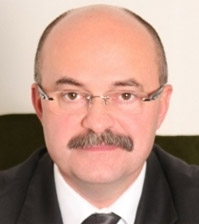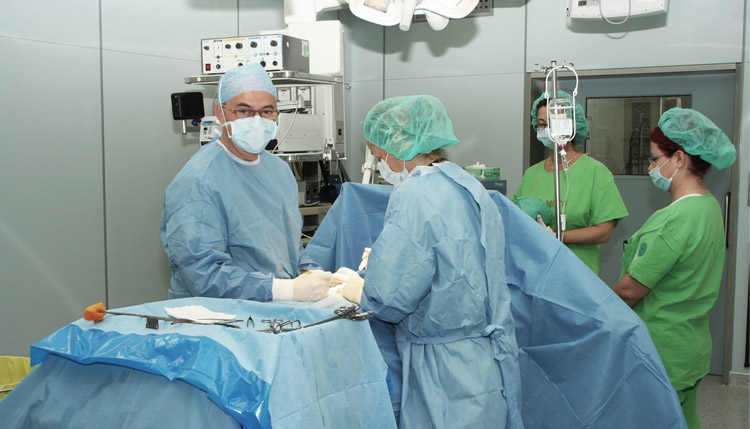
„I want to make available the beauty and harmony with everyone!
I try to secure the harmony of body and spirit of my patients.
The important thing is that everyone to be satisfied.”
Short biography
| In 1985 | I graduated the Medical University in Debrecen. |
| Until 1995 | I worked as a general surgeon at Kenézy Hospital in Debrecen. |
| in 1995 | I continued my studies at the Department of Plastic Surgery at the Honvéd Hospital. |
| In 1997 | I passed the exams in plastic surgery, then I attend a training course for two semesters in microsurgery. |
| From 1997 | I ensure private consultations in plastic surgery in Debrecen, Eger and Kisvárda. |
| In 2009 | we extended the consultation to Satu Mare and Oradea. |
Operation types performed by us
- Breast
- Breast augmentation
Breast-lift (Mastopexy)
Breast reduction
Gynecomastia
- Breast augmentation
- Face
- Blepharoplasty (eyelid surgery)
Face lifting
Otoplasty
Rhinoplasty
Lip augmentation, smoothing wrinkles
- Blepharoplasty (eyelid surgery)
- abdomen
- Abdominoplasty
- Other aesthetic surgery interventions
- Mole removal
Tattoo removal
Phlebology, varicose veins treatment
Surgical intervention in varicose veins
Skin lesions removal
Correction of scars
Dermatological treatments
Laser surgical intervention
- Mole removal
- Body shaping
- Modeling the arm and thigh
Calf implants
Liposuction, body shaping
- Modeling the arm and thigh
- Intimate
- Intimate male surgery
Clinic

The operations are performed in a new OR, which is equipped with powerful technology
from Debrecen.
Frequently asked questions (FAQ)
- What is plastic surgery?
- We read, and hear a lot in newspapers, at the television, at the news, but not always the important things. If we need to define it, we could call it surgical formation.We read, and hear a lot in newspapers, at the television, at the news, but not always the important things. If we need to define it, we could call it surgical formation.Formation, because at the beginning it was only to correct, to remedy the condition caused by congenital abnormalities or lesions. In time, as the surgical procedures become much safer and by developing techniques, the esthetic surgery was born. Also in these days our profession have these two large branches .Reconstructive surgical interventions are mainly performed at the hospital, the interventions been financed by the National Social Insurance.Esthetic surgery interventions are performed mostly by private doctors, these type of interventions were not funded by CAS. Of Course it is difficult to clearly determinate the esthetic and reconstructive interventions, because, for example, a huge nose or a droopy belly after childbirth, can cause not only aesthetic problems, but also problems integrating in everyday life.It is important to participate on formation and improvement trainings, to acquiring new surgical techniques.
- There is a typical age group?
- I can firmly say that there is no typical age group! My oldest patient was 76 year old, who has a facial and abdominal plastic surgery, and the youngest patient was a 6 year old, with a Otoplasty (ear correction surgery). But most of the patients are women, between 25 and 50 years of age, which after childbirth and breast feeding find on their body, parts which require major or minor plastic surgery. But there are many others who are successfully fighting the passage of time with these methods.
- It is true that most surgical procedures are breast augmentation?
- Yes. It is not by coincidence that it is a well known fact by people, because Mamoplasty is a significant percent of plastic surgery procedure interventions. 80% of this type of intervention are breast augmentation, and the remaining 20% are breast reduction and Mastopexy (breast lift) surgeries.
- Do implants need to be replaced?
- In the past, when surgeons worked with silicone implants, there was necessary to change the implants after 5 – 6 years, but today we use gel implants, which doesn’t require replacement. The implant can remain in the patient all of his life, if, as experience shows us, over the years the patient doesn’t want to replace the implant with a larger one.